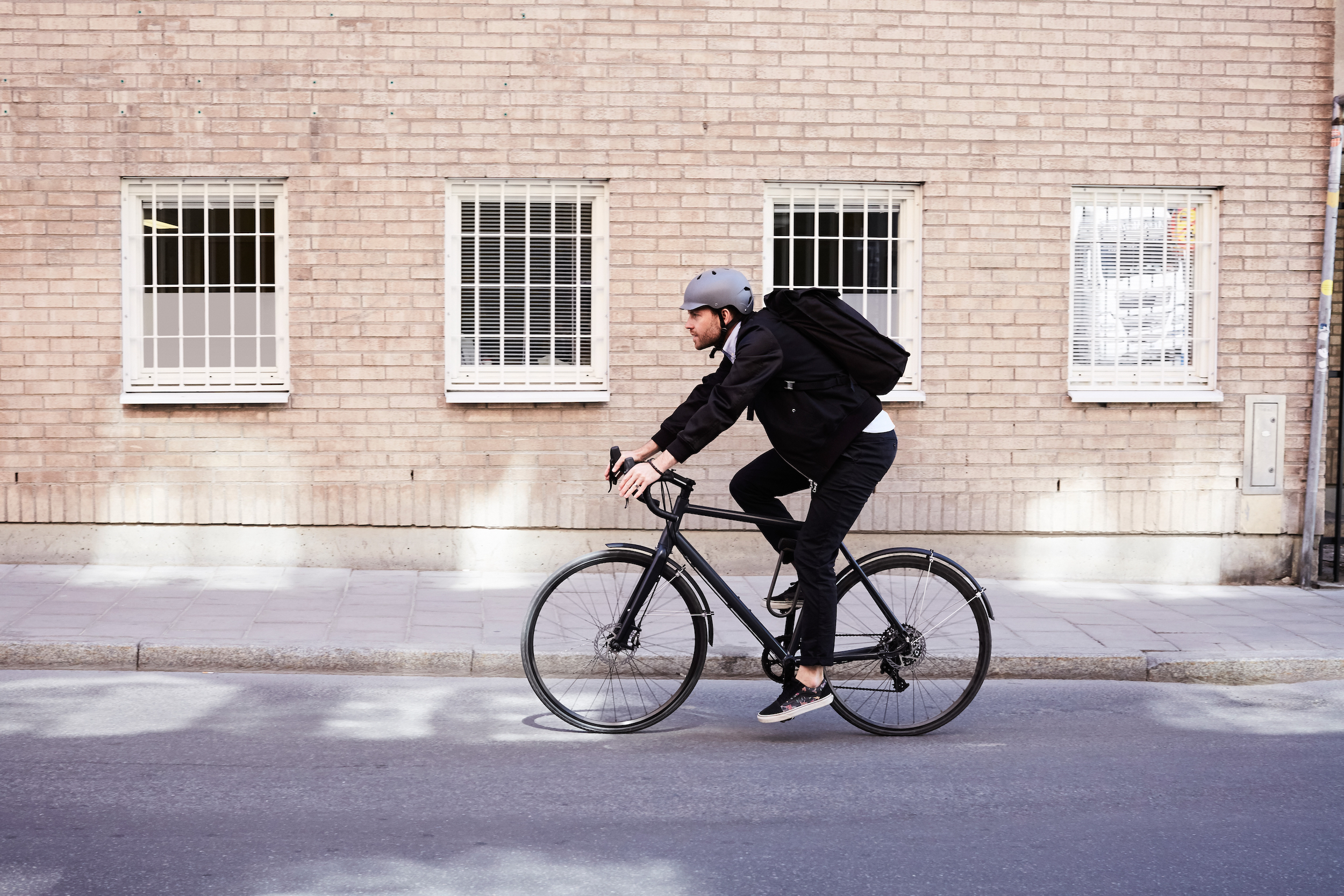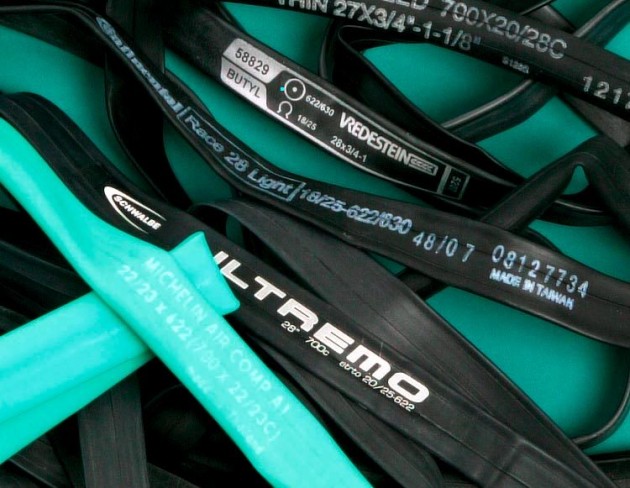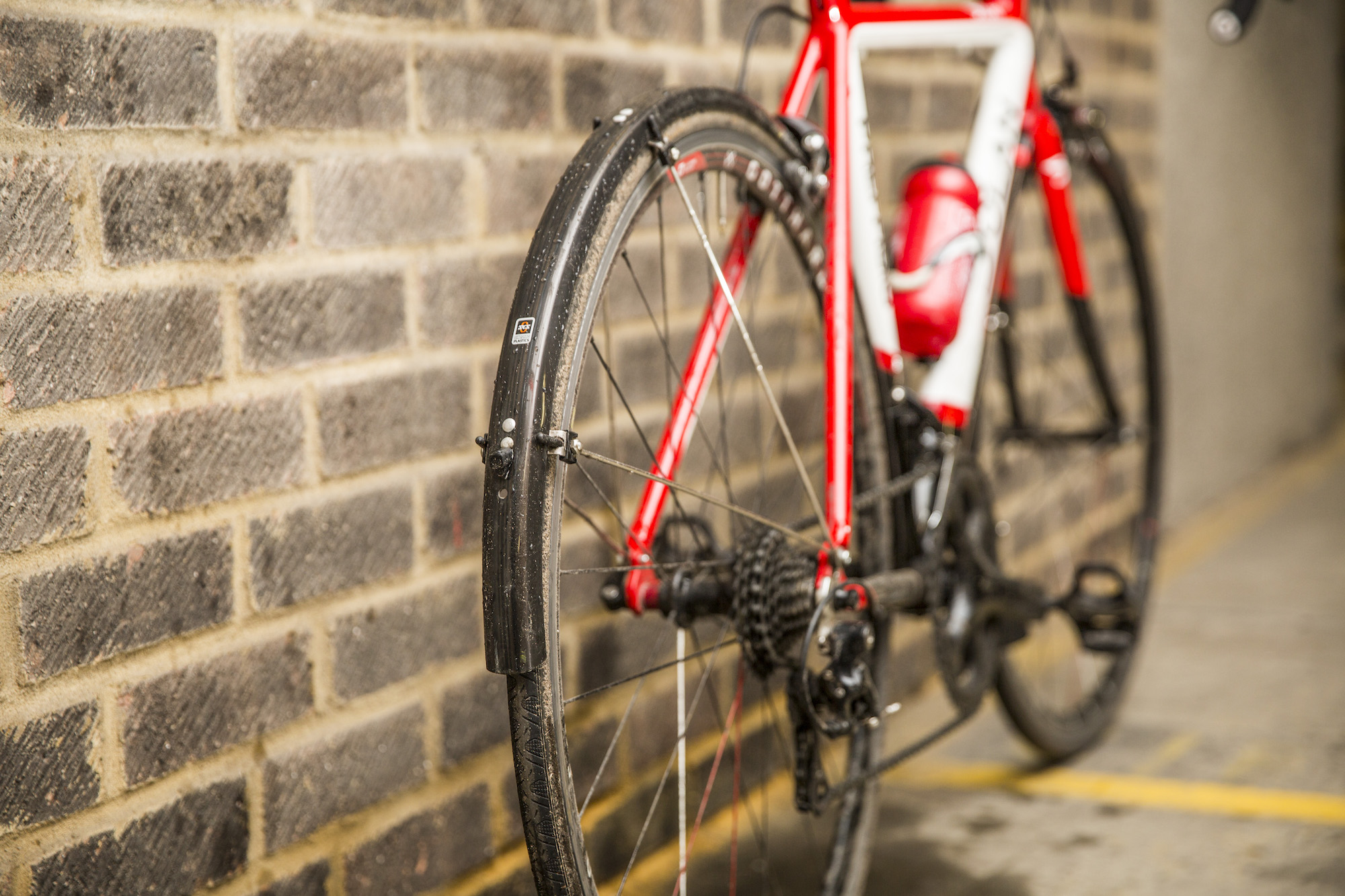Money-saving tips for cyclists: Seven cost-effective ways to make riders more economical
Everything a cyclist needs to learn how to save some cash, from inner tubes to patience and everything in between

Everyone is constantly looking for ways to save money, and cyclists are no different. Sure, spending cash out of convenience is easy and arguably makes life a lot simpler, but it's not always the best option.
Taking a bit of time to assess the options can help keep your bank account in check for the long run, and by sticking to these tips you'll soon become a master in saving as a cyclist.
In fact, some of these tips might seem obvious, but that indicates they've stood the test of time. Tried and trusted, hopefully this guide will give you the nudge you need to start implementing some cycling-related money-saving practices into your life, helping you to become a more savvy spender.
While some of these tips will only save a couple of pounds, it all adds up. Plus, recycling or even upcycling your equipment will get you into the habit of saving money, rather than chucking something away at the first sign of trouble (or, in the case of a cyclist, damage).
Seven money-saving tips for cyclists
1. Repair and recycle inner tubes

Rather than constantly buying new inner tubes - granted, the frustration with how quickly and easily they break sometimes can be overwhelming - try to either repair them, or, failing that, recycle them.
Given how expensive inner tubes are, taking a little bit of time to mend them instead of simply replacing them will save plenty of cash in the long-run. Cycling Weekly has a perfect step-by-step guide on how to replace punctured tyres and broken inner tubes, but if you're more of a visual learner, there are a plethora of YouTube videos detailing the exact same instructions.
The latest race content, interviews, features, reviews and expert buying guides, direct to your inbox!
If the inner tube is damaged beyond repair, such as when the damage is too large and won't hold any structural integrity, then refrain from binning the rubber. Old tubes can make a brilliant chainstay protector, offering a new lease of life to an otherwise broken piece of rubber.
2. Take advantage of cycle to work schemes
Many employers offer a Cycle to Work scheme - a tax-free benefit saving money on bikes and accessories. What makes the scheme so ideal is the cost of the bike or cycling safety equipment is spread across a number of months, meaning you don't have to fork out a huge sum of money in one go.
Alternatively, for those living, working or studying in London, there's a handy scheme called PeddleMyWheels, which lets you try a new or nearly new bike for a monthly fee, with the option to buy if you're happy with the machine.
Bikes start at £20/month, with helmets, bike locks and lights included in the fee, making it an ideal option if you're unsure on which bike to buy and don't want to waste money in the process.
3. Buy mudguards
As well as keeping your bike cleaner and drier, mudguards help to reduce the amount of dirt and debris lodging itself within the crevices of your frame and machine. In turn, this will help prolong the longevity of your bike, because it won't wear out as quickly, while also saving you some time with reduced cleaning.
Winter riding is especially prone to exacerbate the problem of dirt affecting your bike, but weather dependent, mudguards provide an excellent source of protection.

4. Have some patience
You've found the perfect bike online or in a shop, and you're willing to buy it immediately. Without having a look at any other prices elsewhere, you're excited to pay and get your new machine.
What you should do, though, is take your time to scour the internet, seeing if there are any other retailers offering the bike at a discounted price, or if there are any discount codes you can take advantage of to reduce costs. Corinne Fernandes, partnerships director at MyVoucherCodes says, “Many retailers of cycling gear have discount codes of at least 10% popping up throughout the year. Around January and February voucher codes can increase to as much as 20% off as this is when bike retailers typically clear the shelves for new stock, ahead of peak spring and summer cycling season."
It's also worth searching out the best Black Friday bike deals at the end of November. Almost all of the major bike retailers will be offering big discounts on bikes, clothing, gadgets and accessories during this annual sale period.
While this may be a tedious way to shop, spending a little bit of time just to take stock and assess the other options will inevitably save you money at some point. This doesn't work just with bikes too, taking time to search around for accessories, clothing and equipment will certainly reap you rewards long-term.
5. Get a free safety check from Halfords
Halfords offers an unlimited amount of free safety checks to people who bring their bikes into its shop. Take advantage of this and see if there are any alterations you need to make to your machine, and once you know if anything needs fixing, refrain from paying Halfords to replace the necessary parts.
Instead, go to YouTube, or search Cycling Weekly's extensive list of tutorials, and watch videos or read instructions on how to fix the problem that you have. Doing your own repair and maintenance work can save plenty in labour charges, and while it can be time-consuming, if your simple goal is to save money, then this is extremely cost-effective.
6. Buy a bike lock

While paying for a product initially seems counterproductive, in the long-run it could actually help save you hundreds, if not thousands, of pounds.
The last thing anyone wants is their bike to be stolen, and a bike lock offers the perfect solution. Machines these days can cost an awful lot of money, and your bank account could take a major hit in trying to replace them, let alone the stress of simply having your bike stolen from you.
Bike locks act as a deterrent, and slow down thieves who are brave enough to attempt to steal from you. Taking care of your possessions can help plenty over the course of multiple years, with a bike no exception.
7. Don't worry about the weight
Unless you're a pro cyclist tackling Alpe d'Huez in the Tour de France, then shaving a couple of hundred grams off your bike really won't make all that much difference, apart from leave a larger hole in your pocket than there needs to be.
For the average cyclist, the weight really doesn't matter. Sure, it could benefit your time ever so slightly, but in the grand scheme of things, potentially spending hundreds of pounds extra doesn't seem all that logical.
For example, a Brand X-Trail Saddle from Wiggle might weigh 330g, 240g more than the 90g weighing Selle Italia SLR Boost Tekno Superflow Saddle, but with the former costing £11.99 and the latter costing £404.99, ask yourself, is it totally necessary you spend 37 times more on a saddle?
Granted, the more expensive option could even offer superior comfort, but if you're looking to save money, then spending an extra £400 doesn't seem worthwhile.
Similarly, opt for alloy over carbon. Cycling on a budget means you can't afford to spend a considerable amount more for a 50g weight saving. Alloy components work perfectly, are arguably more reliable, and cost a much more reasonable amount.
Ryan is a staff writer for Cycling Weekly, having joined the team in September 2021. He first joined Future in December 2020, working across FourFourTwo, Golf Monthly, Rugby World and Advnture's websites, before making his way to cycling. After graduating from Cardiff University with a degree in Journalism and Communications, Ryan earned a NCTJ qualification to further develop as a writer.